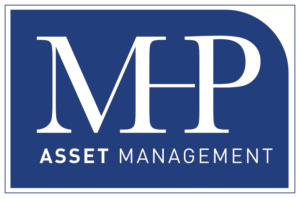Lately, it seems as though many new clients that I meet with have the same worries. That worry is that they do not have enough money to retire when they want, and that their lifestyle will entail quite a bit less than what they have now. Eating cat food and living in a tar-paper shack are some of the more colorful descriptions of their feared retirement lifestyle.
Most people believe that they need millions of dollars in retirement, and that could be true if you were a high earner that lived above their means, but for the average person, getting by on a bit less is obtainable. I have heard clients say that they had always heard they need 1.2 million or some other arbitrary number and this is in part a scare tactic brought on by the financial media and investment or mutual fund companies.
There is so much more to determining what kind of assets we need to gather during our working years or the accumulation phase of our lives. The distribution of those assets happens when we determine that we can retire in part or completely.
The first step is to calculate a reasonable budget that includes things that we enjoy but often “forget” to include. For instance, a new client added $200.00 per month for wine. She likes nice wines and that is what it cost. She was being realistic with an item that carries a real expense but many of us would not list that as a budgeted item because we may think it is frivolous.
During our working years or accumulation years, we save or invest. But during these distribution years we no longer need to add this deferred or invested money to our budget, now we will start to distribute this money as income in retirement.
Sustainability of these assets for our lifetime must be considered, so let us mitigate market risk and maximize income with a quality fixed income portfolio of investment grade bonds or even consider a fixed indexed annuity, with guaranteed income, for a small portion of your portfolio. Because of the extreme low interest rate environment, I have had to use some portfolio management skills to derive income from assets while mitigating risk. Times like this are difficult for active managers like myself, but exceedingly difficult for passive mutual funds to provide income that is often necessary for the client.
We must look at Social Security and determine a strategy of when to take this entitlement. Many are paying high premiums for health insurance. Once retired, we should see a large reduction in premium when we go onto Medicare.
When we calculate a realistic honest budget and determine money that will be saved or reduced in retirement, then is the time to make sure that we are working with a firm that works for you! It is disheartening to review a portfolio and find that the “advisor” has loaded the account with high commissions and relationship fees that reduce the cash-flow to the client.
My objective is to provide a sustainable adequate income, manage remaining assets that can still grow but do not affect my client’s lifestyle if the markets implode like 2008 or the Covid pullback in March of this year. Provide a death benefit or legacy if needed. Provide some form of long-term care, if there are remaining dollars over and above what it takes to live!
The first step is to sit down and discuss with a good planner and get the ball rolling, it is never too soon.


























